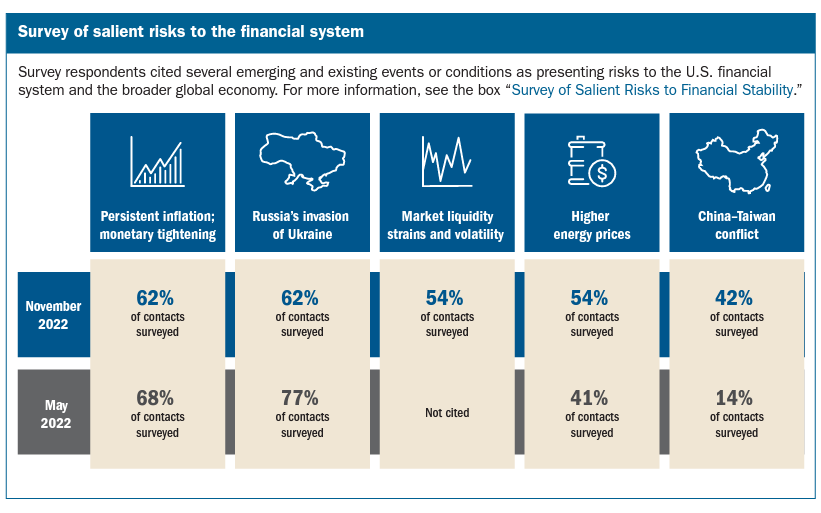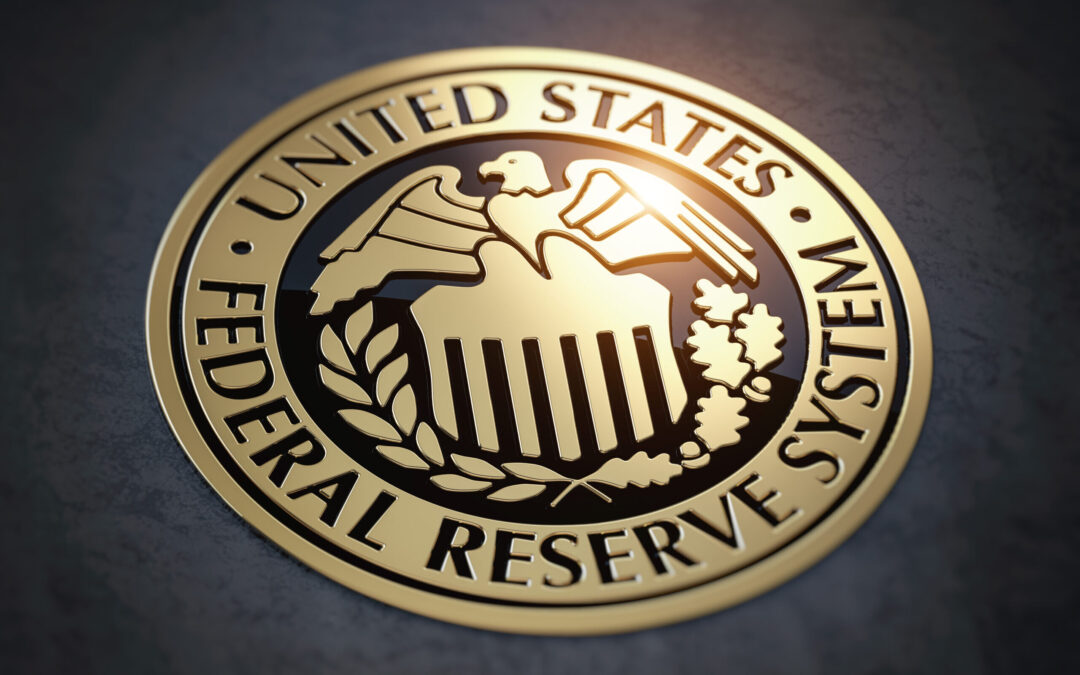Federal Reserve officials have been fighting inflation since March.
Inflation was rising for a year before the Fed acted because economists believed higher prices were transitory.
They thought supply chain issues would resolve quickly and the economy would soon return to normal.
But the Fed was wrong.
We’ll never know if earlier action could have minimized the pain of inflation. We do know inflation may continue well into next year.
Once again, the Fed has a chance to act before things get worse.
This time traders are warning the Fed that market liquidity is a concern.
Why Market Liquidity Matters
Liquidity was the cause of the crisis in 2008. It also led to the following:
The Black Monday crash in 1987.
A near collapse of the financial system in 1998 when Long Term Capital Management folded.
2010’s flash crash that famously lasted minutes.
And many other market crises.
The latest warning came in the Fed’s semiannual Financial Stability Report.
The Fed surveys traders, retirement fund managers, banks and other market participants to identify potential risks. The goal is to prevent a market meltdown like when regulators were caught off guard in 2008.
The chart below shows that liquidity is a new concern.

Source: Financial Stability Report.
Liquidity is the ability to trade.
Traders see smaller quotes in the markets.
Low Liquidity Is Bad News for Traders
Market makers offer to execute trades of a certain size at a guaranteed price when they provide quotes.
In the past few months, the size of quotes has declined.
This means a fast-moving market could force traders to sell at low prices.
Even temporary low prices can lead to margin calls, forcing other traders to sell.
That’s how a crash develops.
Traders reported liquidity concerns in Treasury markets, stocks, wheat and oil.
These are all important markets, but the Fed is only active in the Treasury market.
Bottom line: The Fed is aware of a problem that could lead to a market crash.
Though it may not be able to do anything, individuals can: Do not place stop-loss orders in the market.
They may be filled at poor prices while liquidity is low.
P.S. Options are easier to trade than ever, and I’m glad more people are taking advantage of them.
However…
I want to make sure no one takes advantage of YOU.
That’s why I want to teach you how to trade options the right way.
And that’s what my Options Master Class is all about.
Michael Carr is the editor of True Options Masters, One Trade, Precision Profits and Market Leaders. He teaches technical analysis and quantitative technical analysis at the New York Institute of Finance. Follow him on Twitter @MichaelCarrGuru.





